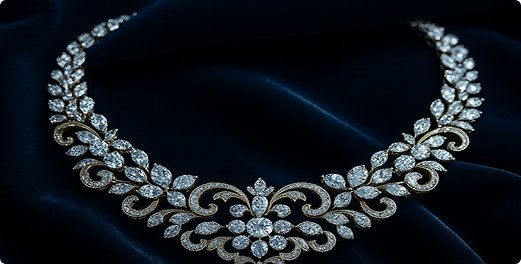When we think of fashion, the first things that come to mind are clothes, trends, and runways. But fashion is far more than just what we wear—it’s a reflection of who we are, what we value, and the world we live in. Fashion is deeply woven into the fabric of culture and identity, making it a powerful form of self-expression, storytelling, and social commentary.
Fashion as a Cultural Statement
Every culture has its own sense of style. From traditional garments like the Japanese kimono, the Pakistani shalwar kameez, to the Scottish kilt—these aren’t just outfits, they are pieces of history and heritage. Fashion helps carry forward ancestral identities and preserves cultural traditions. It’s how people honor their roots, even while living in global, modern societies.
Beyond Aesthetic—A Language of Identity
Fashion allows individuals to express their personal identity, beliefs, and emotions. For some, it’s a form of rebellion. For others, it’s empowerment. Whether it’s bold streetwear, elegant couture, or minimal neutrals—your fashion speaks before you do. It can reveal your mood, profession, values, or even political stance.
Fashion Reflects Society
Throughout history, fashion has mirrored the social, political, and economic shifts of time. The flapper dresses of the 1920s, the power suits of the ’80s, or today’s gender-fluid fashion all tell a story of progress, resistance, and societal change. Fashion has been used to protest, unite, and uplift.
When we think of fashion, the first things that come to mind are clothes, trends, and runways. But fashion is far more than just what we wear—it’s a reflection of who we are, what we value, and the world we live in. Fashion is deeply woven into the fabric of culture and identity, making it a powerful form of self-expression, storytelling, and social commentary.
Fashion as a Cultural Statement
Every culture has its own sense of style. From traditional garments like the Japanese kimono, the Pakistani shalwar kameez, to the Scottish kilt—these aren’t just outfits, they are pieces of history and heritage. Fashion helps carry forward ancestral identities and preserves cultural traditions. It’s how people honor their roots, even while living in global, modern societies.
Fashion as a Cultural Statement
Every culture has its own sense of style. From traditional garments like the Japanese kimono, the Pakistani shalwar kameez, to the Scottish kilt—these aren’t just outfits, they are pieces of history and heritage. Fashion helps carry forward ancestral identities and preserves cultural traditions. It’s how people honor their roots, even while living in global, modern societies.





